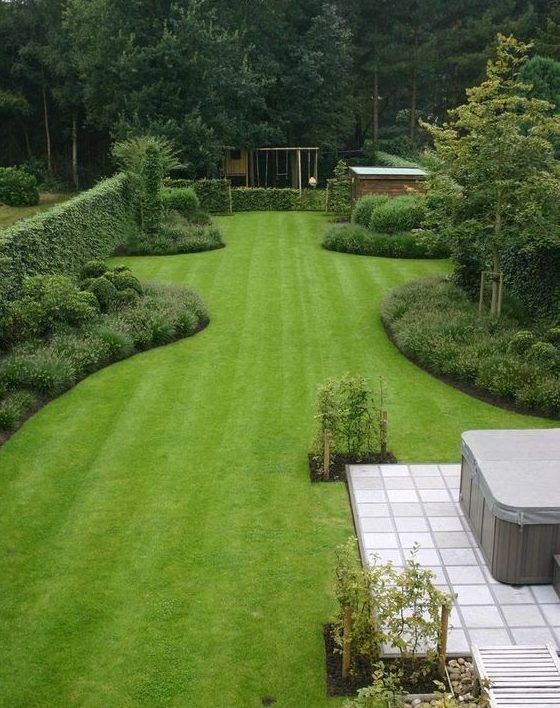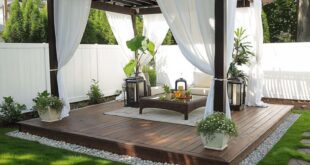When it comes to designing a garden layout, there are several factors to consider in order to create a visually appealing and functional outdoor space. One important aspect to consider is the overall size and shape of the garden area. Understanding the dimensions of the space will help determine the layout and placement of various elements such as walkways, plant beds, and seating areas.
Another key consideration in garden design layout is the overall style or theme of the garden. Whether you prefer a formal, structured garden or a more relaxed and informal layout, it is important to choose a design that complements your personal aesthetic and preferences. This may involve selecting specific plants, materials, and colors that reflect the desired style of the garden.
In addition to style, it is important to consider the practical aspects of the garden layout. For example, consider how the garden will be used and by whom. If children or pets will be using the space, it may be important to include safe and durable materials, as well as ample space for play and exploration. Similarly, if the garden will be primarily used for entertaining, it may be important to include seating areas, outdoor cooking facilities, and lighting.
One popular approach to garden layout design is to create different “rooms” within the space. This can be achieved by dividing the garden into separate areas, each with its own distinct purpose or theme. For example, one area may be designed for relaxing and reading, while another may be dedicated to growing vegetables or herbs. By creating distinct zones within the garden, you can accommodate various activities and create a sense of flow and cohesion throughout the space.
Another important aspect of garden design layout is the placement of plants and other elements. When selecting plants for your garden, consider their size, shape, and growing requirements to ensure they will thrive in their designated locations. Additionally, think about the overall composition and balance of the garden, and aim to create a sense of harmony and unity by varying the heights, colors, and textures of plants throughout the space.
Finally, don’t forget to consider the practical aspects of garden maintenance when designing the layout. Make sure there is easy access to all areas of the garden for planting, weeding, and watering, and consider incorporating features that will make maintenance tasks easier, such as irrigation systems, raised planting beds, or mulch pathways. By carefully considering all of these factors, you can create a garden layout that is not only visually stunning, but also functional and enjoyable to use.








